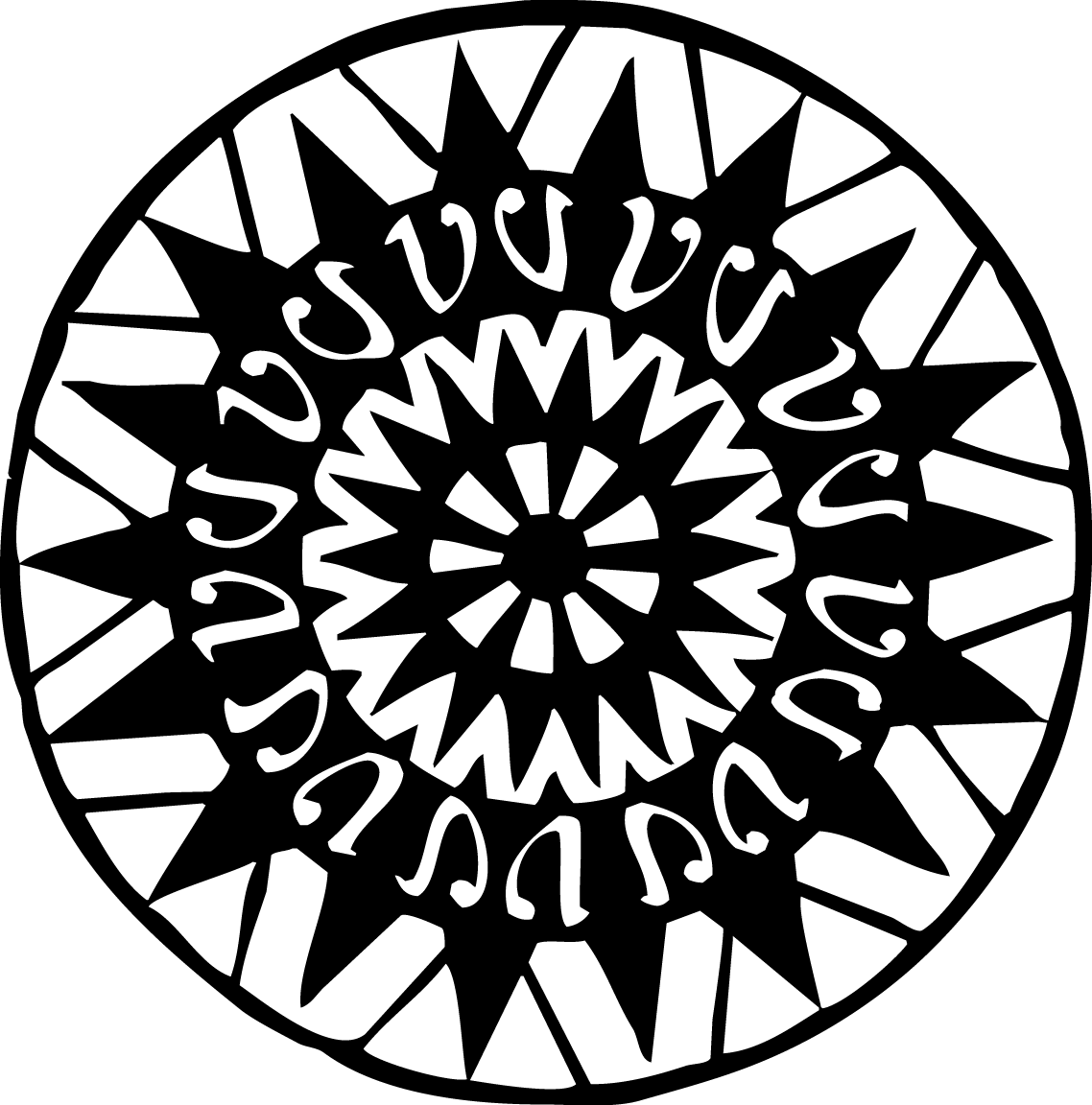The conversation went something like this.
I visited the website he shared...


So yeah. If you're in a wheelchair and can't stand on your own it can be pretty damn difficult to get your weight.
*MIND BLOWN*
From their website:
“Keeping track of your body weight is an important part of maintaining health and independence. What is a simple measurement for most people is often impossible for a wheelchair user. They cannot stand on a bathroom scale and the industrial scales made for weighing a person in a wheelchair are hard to access. The scales are too expensive, too large and unwieldy to have in homes, and are rarely found in a doctor’s office. Wheelchair users are often asked to guess their weight and can go years without knowing the real numbers.”
There are other options. They're just expensive and not available at most doctor's offices.
I'm still thinking, no, really? It's that hard to find a scale?
Googling around I found suggestions that broke my heart.
“There are a variety of ways. In most ways you need to know the weight of your wheelchair. You weigh yourself while in your wheelchair. You can go to a butcher who has enormous scales for weighing meat, a truck weighing station, a bariatic center, or the post office. If you can transfer and hold your legs up you can weigh yourself at the UPS or an airport luggage checking. If you can stand for a few seconds, you can stand on a scale and hold onto it while they adjust it to something close. Let go - see if it is accurate. Re-adjust. Let go again.
None of these are perfect - but they get the job done.”
“You can try sitting on the scale with your legs pulled up if you can, or have someone hold you in their arms and have that person step on the scale. Take the total weight on the scale and subtract the weight of the person that was holding you. Good luck.”
Because I've never been in a wheelchair this problem never occurred to me. I am so excited Lilypad Scales exist to try to help solve this problem for people that face it on a regular basis. I can't imagine what my life would be like if I didn't have the nagging weekly reminder of what the scale says.
With 2.2 million people in the US using a wheelchair for mobility, I can't believe this hasn't been more affordably solved before now.
Bravo to Lilypad Scales for seeing a need and going for it.
I'm talking about people who are designing for the fringe audience instead of the target audience for 30 days. If you know other companies like Lilypad Scales who are satisfying a need like this, give me a shout. If you're looking for some #fringedesign inspiration, check out the articles below.
Headphones help those who are blind use the ATM. Watch and learn.
BrainDance is a collaborative project bringing together dance choreographers, neuroscientists, physicians, philosophers and people with Parkinson's disease to explore movement.
Despite multiple setbacks, Frida Kahlo did not live in the world of the disenfranchised. She lived as a goddess whose entire being is a work of art.
The dying process is messy. It’s hard on everyone. It’s confusing. It’s painful. It’s the beginning of your grief. Talking about it early will help the survivors cope.
Surfing the web, and this website, with a screen reader.
How the blind watch movies, TV and play video games.
Emily McDowell made empathy cards to say all the things that are difficult to say.
As your parents and loved ones grow older you start to notice subtle differences in the way they live their lives. These modifications generally come after something has happened.
Crisis Mappers Network, a large, active, international community of experts, practitioners, policymakers, technologists, researchers, journalists, scholars, hackers and skilled volunteers who are using technology, crowd-sourcing and crisis mapping to answer our humanitarian needs.
Through telepresence and a Segway-like robot, Beam helps those with disabilities see the world.
Can using 3D printing solve animal protection issues?
A wearable device that allows you to send messages with simple gestures.
The get-to-know-you card game for people you've known your whole life.
Personal experience helped a Boy Scout create a wearable to prevent Alzheimer's patients from wandering.
A 12-year-old makes a braille printer with Legos. In other unrelated news, I waste a lot of time watching TV.
Peter and Peregrine are advocating for children and engineers to work together to create solutions.
Neil Brandvold speaking on conflict journalism and what it's like to be a witness to culture changing moments.
I conducted a Workshop on Designing for the Fringe. Here are the ideas we brainstormed at this amazing conference.
Did you know it is super hard to get yourself weighed if you're in a wheelchair? I didn't either.
Inclusive playgrounds aren't a given in our society, but they're important.
The perfect "driver" for a driverless car is someone who can't drive.
Going beyond confectionery and novelty to applications that solve real problems.
A film about sex, parenthood, ALS and the life of one man. You are not the target audience for this film.
An online decision tool that helps family caregivers make health and care decisions.
College students co-habitating with the elderly + a dementia village.
Innovation comes when you design for those on the fringes of life—the disabled and disenfranchised—instead of the typical target audience.






























A video game, Forget-Me-Knot, helps people understand what it is like to have Alzheimer's.